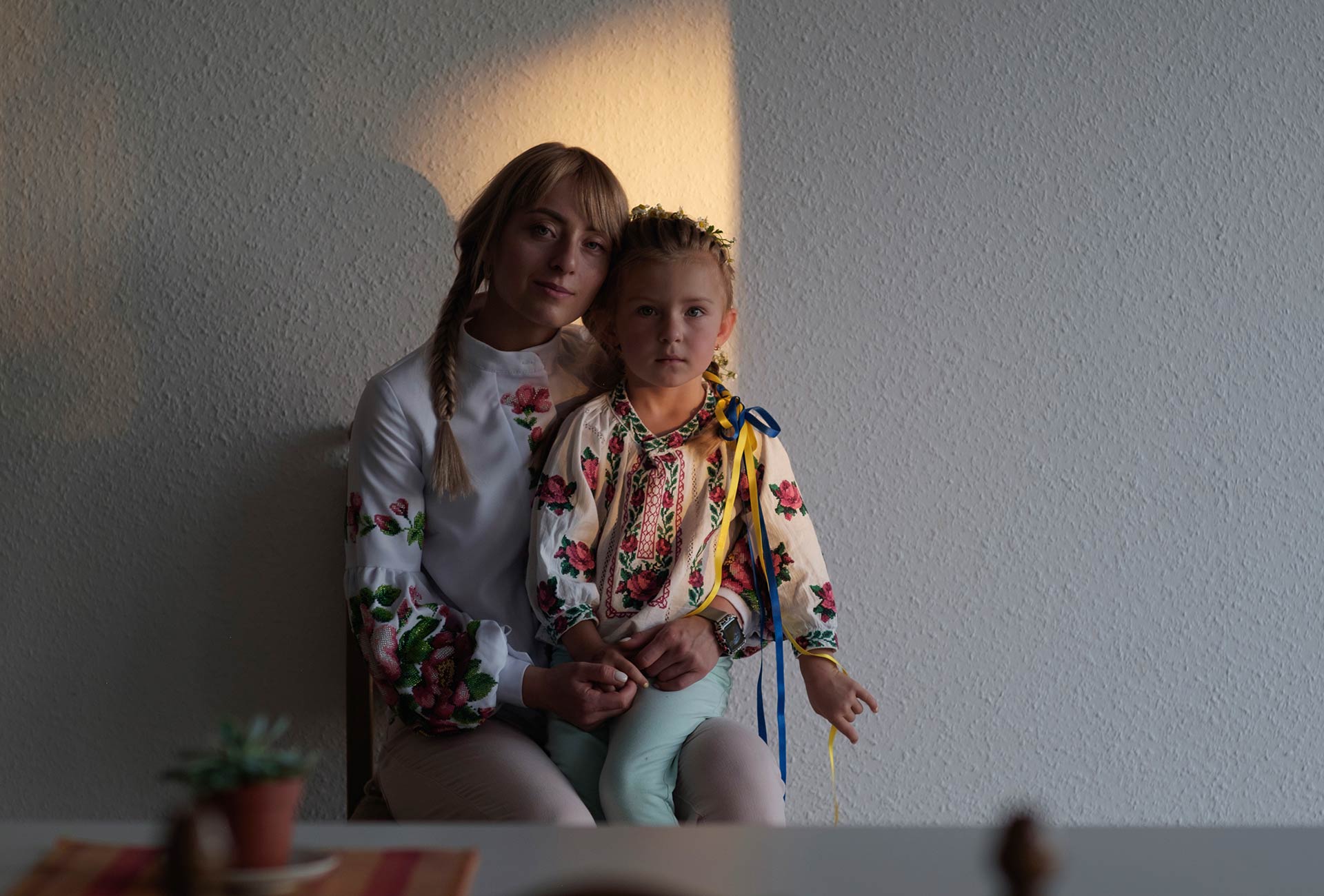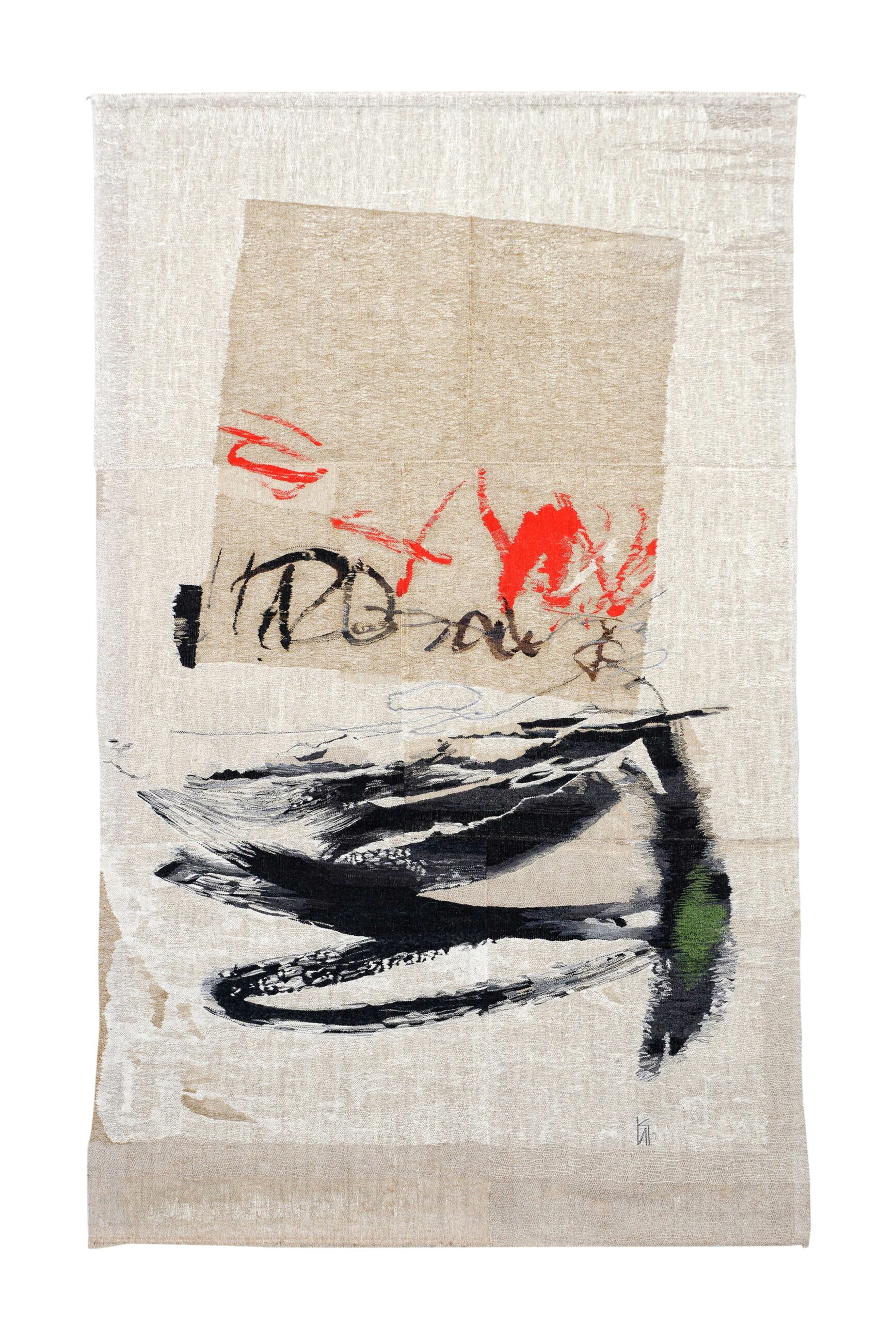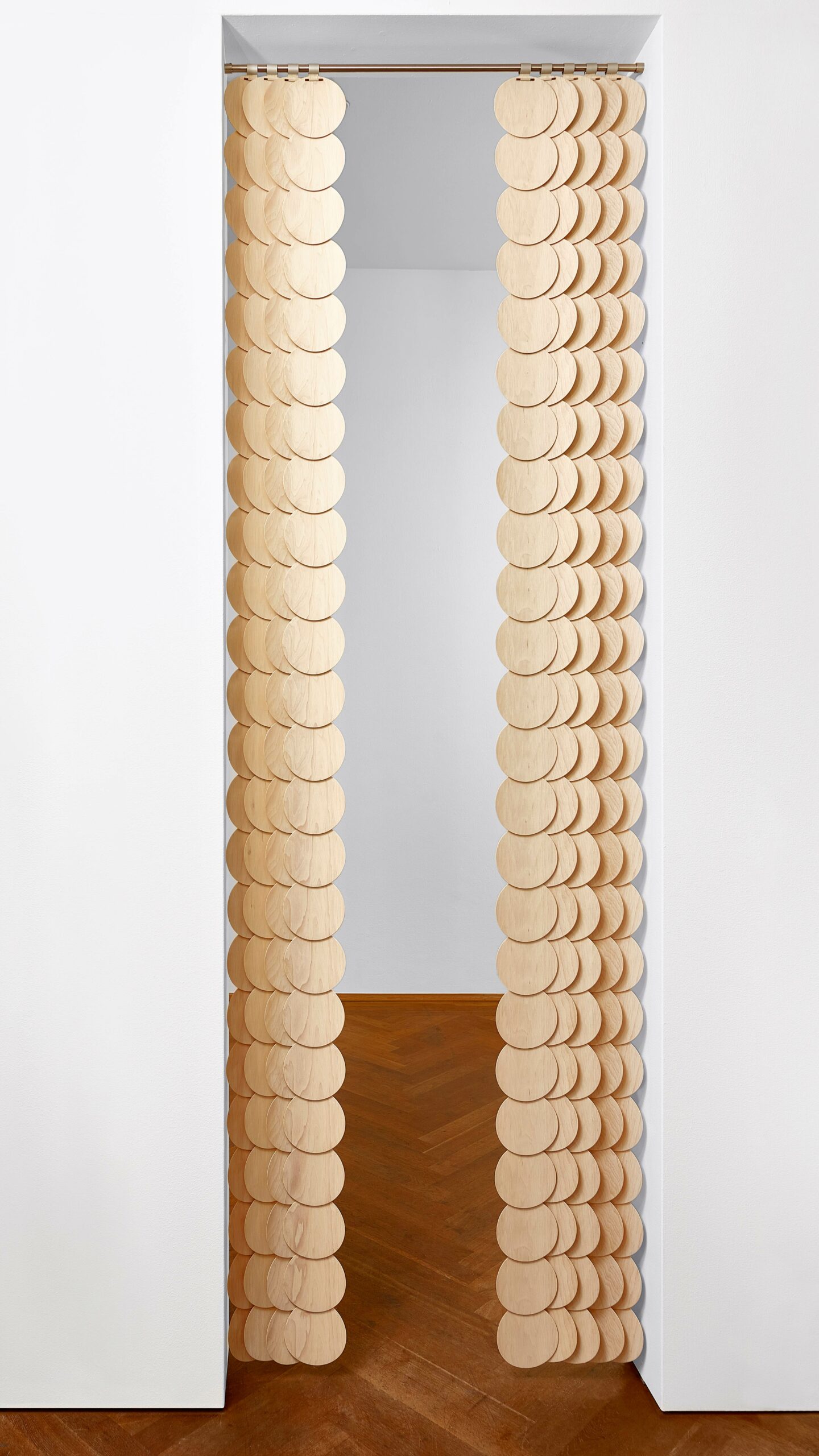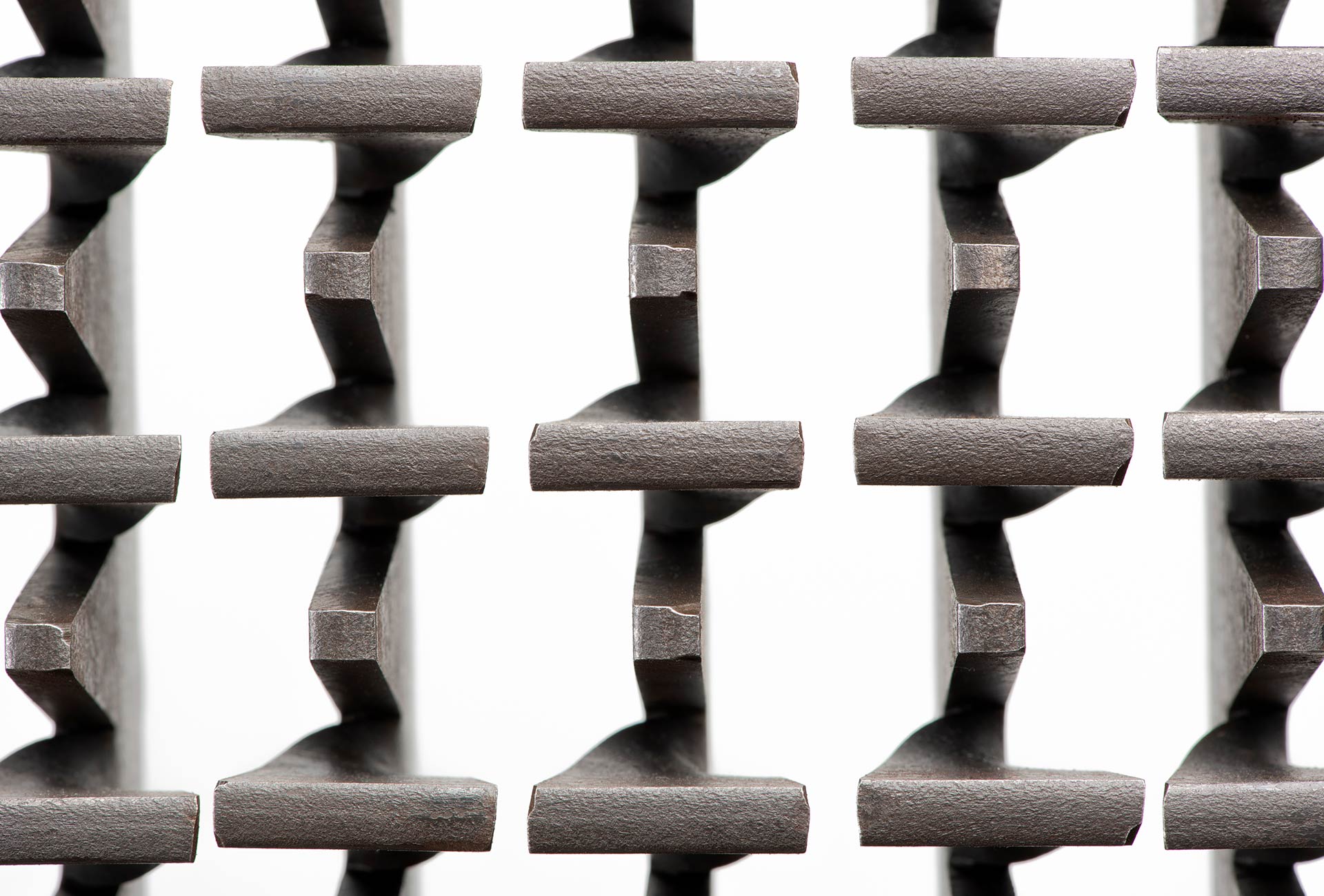The award that was formerly known as the “State Prize for Arts and Crafts” has now been renamed the “State Prize for Applied Art and Design in Crafts.” The prizes were ceremoniously presented on May 27 in the large broadcasting hall of the WDR by North Rhine-Westphalia’s Minister-President Hendrik Wüst and Minister for Economic Affairs, Industry, Climate Protection and Energy Mona Neubaur. “For sixty years, the Manufactum State Prize has impressively demonstrated how classic craftsmanship, art and design can be combined to create something new and unique,” Wüst said. The jury selected 116 works from a field of 312 submissions. A prize jury then chose the winners of the state prizes in six categories. The nominated works will be on display from May 27 to August 13, 2023 in a special exhibition at the MAKK – Museum für Angewandte Kunst Köln (Cologne Museum of Applied Arts), where each visitor will also have the opportunity to choose their favorite piece and cast a ballot for the audience prize. With a total of 60,000 euros, Manufactum is one of the most important prizes of its kind in Germany. The competition and exhibit were organized on behalf of the state government of North Rhine-Westphalia by the Beratungsstelle für Formgebung der Handwerkskammer Aachen, Gut Rosenberg.
Visual and Print Media Category – “Sunflowers Will Still Grow”
A nursing home was converted overnight into a refugee shelter for people fleeing from war zones. The storytellers Saurabh Narang and Anastasiia Reshetnyk from Gummersbach, Germany welcomed their new neighbors by creating a series of portrait photos. The subtle interplay of light and darkness in these photographs simultaneously conveys loneliness and cohesion, dignity and vulnerability, love and hope. “Using the medium of photography in its original meaning (i.e. drawing with light) makes the essence of the moment and each individual’s human dignity and inner strength perceptible,” the jury said.

Clothing and Textile Category – “The Manuscript”
Irina Kolesnikova from Leverkusen precisely juxtaposed six pieces of fabric. Flowing lines, graphic characters and generous brushstrokes form a kind of palimpsest atop a faded background. What appears to have been applied with a brush is actually the sheerest fabric. The time-consuming weaving of a tapestry contrasts with the fleeting motif of an ink drawing. The jurors were touched by the graceful and delicate weaving, in which Irina Kolesnikova combines precise craftsmanship and artistic self-confidence.

Furniture Category – “HangOn”
Susanne Beyer created her room divider by using cotton ribbons and slender sticks of ebony to string individual discs of hornbeam veneer into vertical rows. Each disc consists of two layers of veneer: turning the second veneer 90 degrees before gluing it to the first disc creates tension and deforms the wood into a concave-convex shape. By hanging eight rows of 27 discs one beside the other, the Cologne-based designer created a lightweight and flexible room divider with a highly aesthetic effect on both its sides. Incident light transforms the thin wooden discs into a diaphanous material that acquires a sensitive life of its own when set in motion by a breeze or the touch of a hand.

Object and Sculpture Category – “Gitterwerk”
Hans Leo Simons from Alsdorf designed his metal object to serve as a protective grille for a reliquary. Simple flat steel is cut at an angle into triangles, which are then bent at a 90° angle. Joining the pieces results in a serial surface design with a three-dimensional depth effect. Horizontal and vertical lines unite, front and back merge, and flat steel is transformed into a complex sculptural composition that creates the desired protective effect while simultaneously playing with light and shadow, transparency and depth.

Special Prize in the Object and Sculpture Category – “Closed Vessel 9”
Wilfried Grootens from Kleve painted, layered and glued together 35 transparent panes of industrially manufactured glass. The reflective surfaces of the individual panes seem to dissolve, thus creating the impression of great spatial depth. Depending on the perspective, the viewer experiences surprises that raise questions about the previously perceived visual event. The jurors were so impressed by this object’s masterful craftsmanship and poetic effect that they decided to award it the special prize.

Jewelry Category – “Lightness”
Heike Schirmer demonstrates her craftsmanship with two thin and partially blackened vessels connected by a silver chain. The flat material is folded like an origami to create three-dimensional geometric spaces. The jewelry object is crafted without heating or soldering, so the material retains its original hardness, which is the basis for the constructive principle. The jurors were convinced by the playful handling of forms and techniques from diverse disciplines, which leaves ample room for spontaneous association.

- —
-
Museum of Applied Arts
An der Rechtschule 7
D-50667 Cologne
Germany - Link